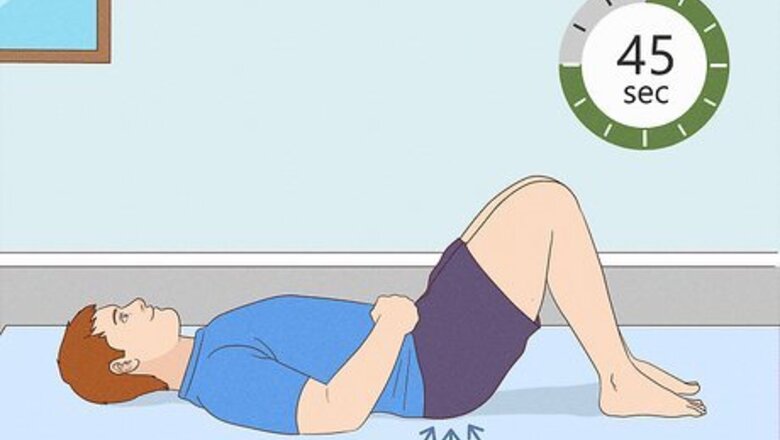
views
Strengthening Your Muscles
Incorporate upper-hamstring stretches to your routine 3-4 times a week. Try to do your stretches every other day to help reduce pain and prevent injury. If you’re dealing with an injury, get to a point where you can do your stretches without pain before resuming your normal workouts. Set a reminder on your phone if you need help remembering to do your exercises.
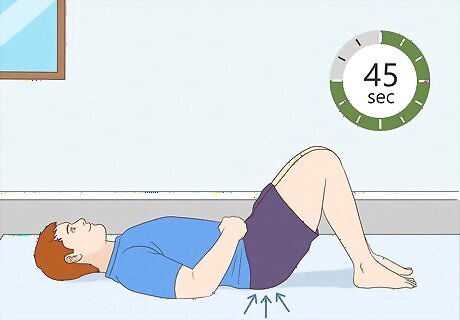
Exercise your glutes and hamstrings with the glute squeeze. Gently lower yourself onto the ground and lay down on your back. Bend your knees and rest your feet so they’re flat against the floor. Squeeze your glutes as tightly as possible and hold that position for about 45 seconds. Repeat this stretch 5 times. If it’s uncomfortable to lay on the hard floor, put down a yoga mat or foam mat for some extra padding.
Work your glutes and hips by doing clam stretches. Lay down on the ground and turn to one side, placing your top arm at your waist and stretching your lower arm out above your head. Rest your head on your arm. Bend your knees at a 90-degree angle. Lift your top knee toward the ceiling while keeping your feet together. Hold the stretch for 2-3 seconds, bring your leg back down, and repeat 5-10 times before switching to the opposite side. This exercise works your outer hips which in turn strengthens your glutes. It puts less pressure on your upper hamstrings and can relieve some of the tightness you’re feeling.
Target your upper hamstrings with a hip flexor stretch. Stand with your feet hip-width apart. Step back with one leg and lower your knee to the ground so that you’re kneeling at a 90-degree angle. Bend the opposite knee so that it just overhangs the toes. Gently push your hips forward while squeezing your glutes. Hold this stretch for 20-30 seconds before coming back to standing. Repeat on the opposite leg. Do 2-3 sets and 8-10 repetitions. If you have knee pain, put a cushion down for some extra padding between your knee and the floor.
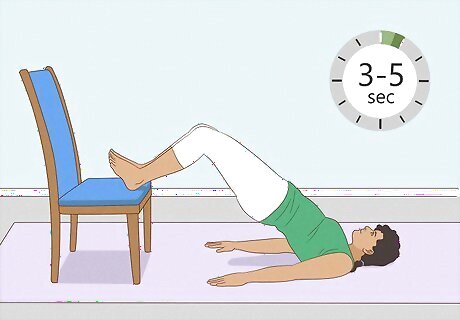
Strengthen your hamstrings and stretch your glutes with the hamstring bridge. Get a chair and lay down on the ground so that your feet are facing the chair’s seat. Place your heels on the seat and position yourself so that your knees are bent at a 90-degree angle. Lift your hips from the ground so your thighs, hips, and chest are in a straight line and hold the stretch for 3-5 seconds before lowering yourself back to the ground. Do 2-3 sets of 10 repetitions. As you get stronger, try doing this exercise with one leg while extending the other leg into the air. Make sure the chair is on a surface where it won’t slip when you put pressure on it.
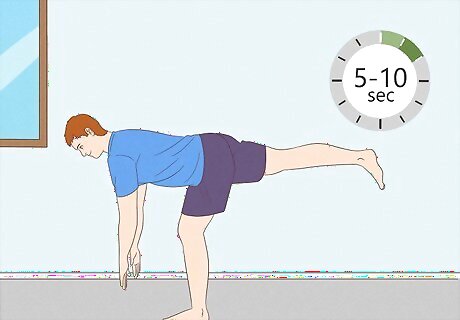
Stretch your hips and glutes by doing the single-leg Romanian deadlift. Stand on your left leg with your knee slightly bent. Bend forward at the hips and extend your right leg behind you, keeping your thigh and torso in a straight line. Bend over as far as you can without losing your balance. Extend both of your arms forward and hold the stretch for 5-10 seconds before returning your right leg to the ground and standing back upright. Repeat on the opposite leg. Do 2-3 sets of 15 repetitions. If you have trouble balancing, place a chair in front of you. When you’re stretching forward on one leg, stabilize yourself by putting a hand on the chair if needed.
Treating Sore Upper Hamstrings
Ice the area to relieve soreness and reduce inflammation after a workout. Get an icepack and put it over the most irritated area. Make sure there’s a layer between your skin and the ice pack, whether that’s clothing or a washcloth wrapped around the pack. Either sit on the icepack or lay on your stomach and rest it on your upper hamstrings—whichever is most comfortable for you! Ice the area for 10-15 minutes at a time for relief. Your hamstrings have several tendons that attach the muscles to the bottom of your pelvis. Some activities, like running and jumping, really strain the area where the muscle connects to bone. Your hamstrings may also be irritated if you sit or drive for long periods of time.
Lessen irritation by sitting on soft cushions rather than hard surfaces. It may be uncomfortable to sit on a hard seat while your upper hamstrings are healing from overuse. Choose a softer seat whenever possible; if you need to, put down a chair cushion on a harder surface to make it more comfortable. If you work in an office, try switching between sitting and standing throughout the day. This can help manage your discomfort while helping you move around a little more so your muscles don’t get stiff.
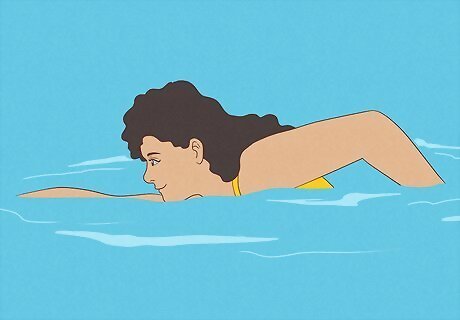
Stay active with workouts that don’t stress your upper hamstrings. While you’re recovering from a sore hamstring-gluteal situation, don’t give up on exercising. Avoid targeted movements that cause pain, as well as the activity that caused the soreness to begin with. Upper-body strength training, swimming, walking, rowing, and other similar exercises should be safe for you to do. Keeping active helps your hamstrings and glutes from getting too stiff.
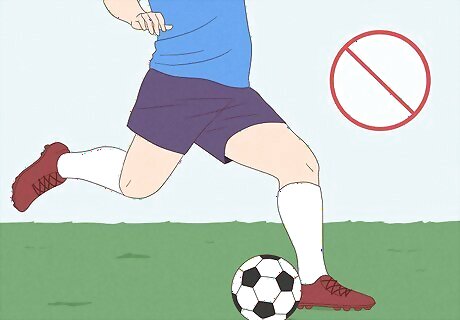
Avoid doing activities that could irritate the area until the soreness has healed. This can be hard to do, especially if you’re training for a game or race. However, overusing these muscles when they’re sore or painful will make your recovery time that much longer. Most often, this type of upper hamstring pain is caused by running, kicking, or jumping. It’s often experienced by people who run long distances or on uneven terrain. Soccer players also experience it more often than other athletes because of all the kicking and jumping they do. If you’re a runner, you may still be able to run while you’re recovering. Try slowing down your pace and jogging on flat terrain. Just pay attention to your body and stop if your upper hamstrings start aching or throbbing.
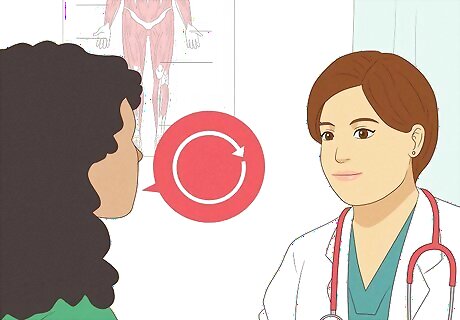
See a doctor, physical therapist, or orthopedist for chronic upper-hamstring pain. If your pain is persistent or comes back easily when you start resuming normal workouts, you may have a more serious strain that needs extra help. Most patients get relief within a few weeks of physical therapy sessions and fully recover after several months. If you’re in pain, don’t ignore it and try to push through! It’s better to get checked out by a professional rather than risk injuring yourself further.












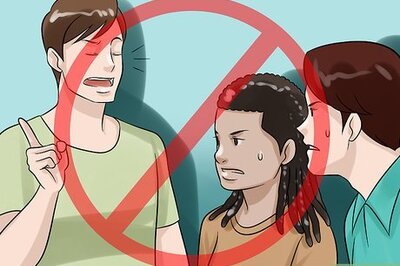



Comments
0 comment